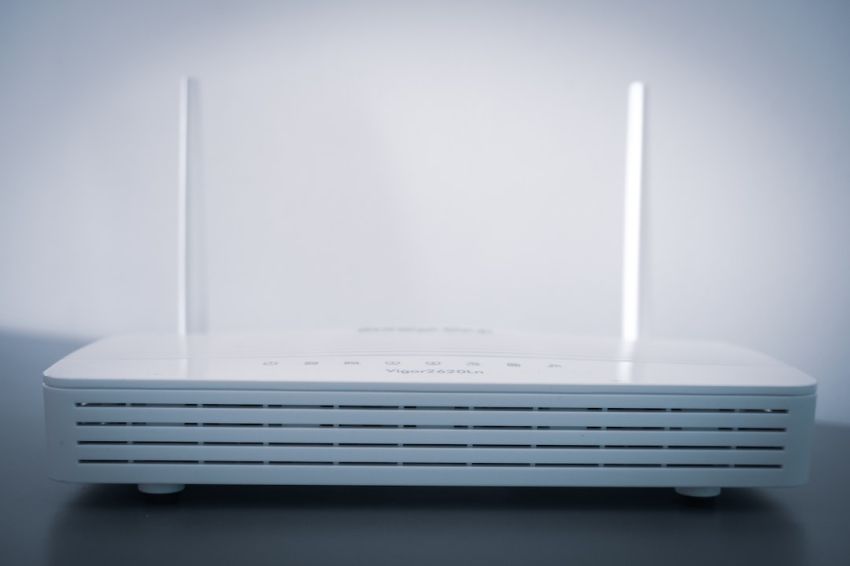How Secure Is Wi-fi 6 Compared to Wi-fi 5?

In the ever-evolving landscape of wireless technology, the introduction of Wi-Fi 6 has brought about significant advancements in terms of speed, efficiency, and security. As the successor to Wi-Fi 5, many users are curious about how secure Wi-Fi 6 is compared to its predecessor. In this article, we will delve into the key security features of Wi-Fi 6 and explore how it stacks up against Wi-Fi 5 in terms of safeguarding your data and network integrity.
**Enhanced Encryption Protocols**
One of the most notable improvements in Wi-Fi 6 is the introduction of WPA3, the latest encryption protocol designed to enhance network security. WPA3 offers stronger protection against brute force attacks and provides individualized data encryption for each device connected to the network. This means that even if one device is compromised, the security of other devices remains intact, reducing the risk of a widespread breach.
In contrast, Wi-Fi 5 primarily relies on WPA2 encryption, which, while effective, has been susceptible to vulnerabilities over time. WPA3 addresses many of these weaknesses, making Wi-Fi 6 networks inherently more secure against emerging cyber threats.
**Improved Authentication Methods**
Wi-Fi 6 introduces a new authentication framework known as Opportunistic Wireless Encryption (OWE), which enhances the security of open networks. OWE encrypts data exchanged between devices and access points, even on unsecured networks, providing an additional layer of protection for users connecting to public Wi-Fi hotspots.
In comparison, Wi-Fi 5 lacks this specific feature, leaving devices vulnerable to potential eavesdropping and man-in-the-middle attacks when connected to open networks. The implementation of OWE in Wi-Fi 6 significantly reduces the risk of unauthorized access and data interception, making it a more secure option for users seeking privacy and confidentiality in their wireless communications.
**Airtime Utilization and Efficiency**
Another aspect that contributes to the security of a wireless network is its efficiency in managing airtime and reducing latency. Wi-Fi 6 introduces Orthogonal Frequency Division Multiple Access (OFDMA) technology, which allows for more efficient data transmission by dividing channels into smaller sub-channels. This enables multiple devices to communicate simultaneously, reducing congestion and enhancing network performance.
Wi-Fi 5, on the other hand, utilizes Orthogonal Frequency Division Multiplexing (OFDM) technology, which does not support the same level of simultaneous communication between devices. This difference in airtime utilization can indirectly impact security by minimizing the potential for network bottlenecks and reducing the likelihood of packet interception by unauthorized parties.
**Multi-User MIMO Technology**
Wi-Fi 6 also incorporates Multi-User Multiple Input Multiple Output (MU-MIMO) technology, which enables routers to communicate with multiple devices simultaneously, providing a more efficient and secure data transfer process. This feature is particularly beneficial in environments with a high density of connected devices, as it minimizes latency and improves overall network performance.
While Wi-Fi 5 introduced MIMO technology, it lacked the multi-user capability of Wi-Fi 6, meaning that devices had to take turns communicating with the router, potentially leaving gaps in network security. By enabling simultaneous communication with multiple devices, Wi-Fi 6 reduces the likelihood of data interception and enhances the overall security of the network.
**Conclusion: The Security Edge of Wi-Fi 6**
In conclusion, Wi-Fi 6 offers a significant security edge over Wi-Fi 5 due to its enhanced encryption protocols, improved authentication methods, efficient airtime utilization, and multi-user MIMO technology. These advancements not only bolster the protection of data transmitted over wireless networks but also contribute to a more robust and secure network infrastructure overall. As technology continues to advance, upgrading to Wi-Fi 6 can provide users with peace of mind knowing that their wireless communications are safeguarded against a wide range of cyber threats.